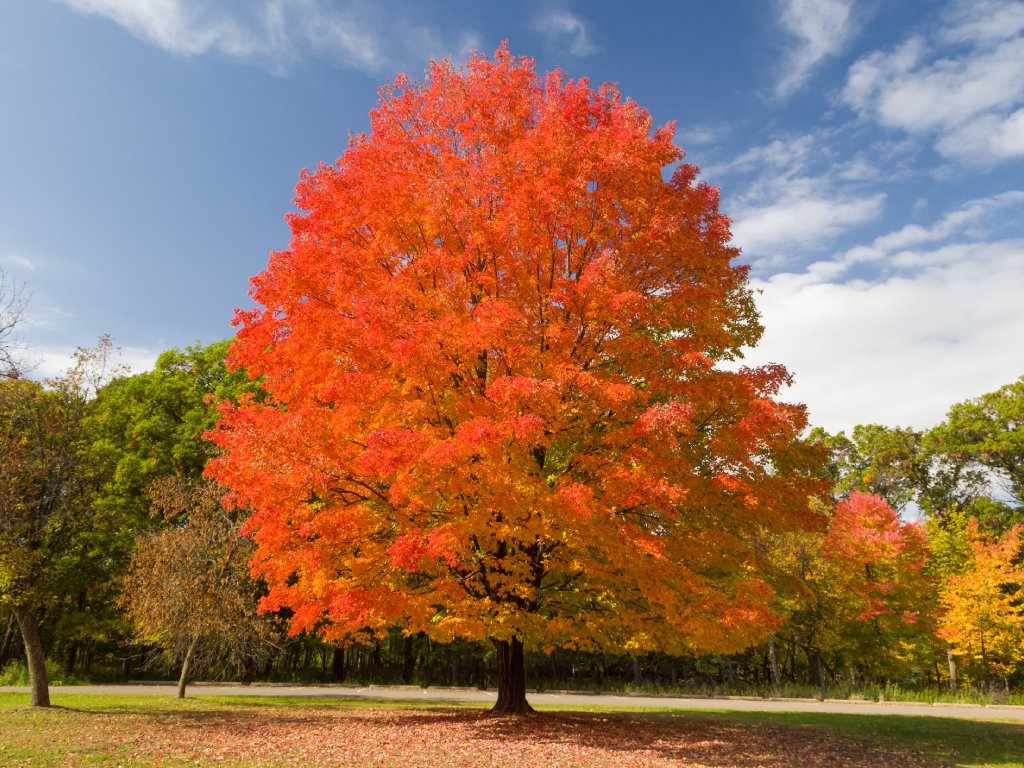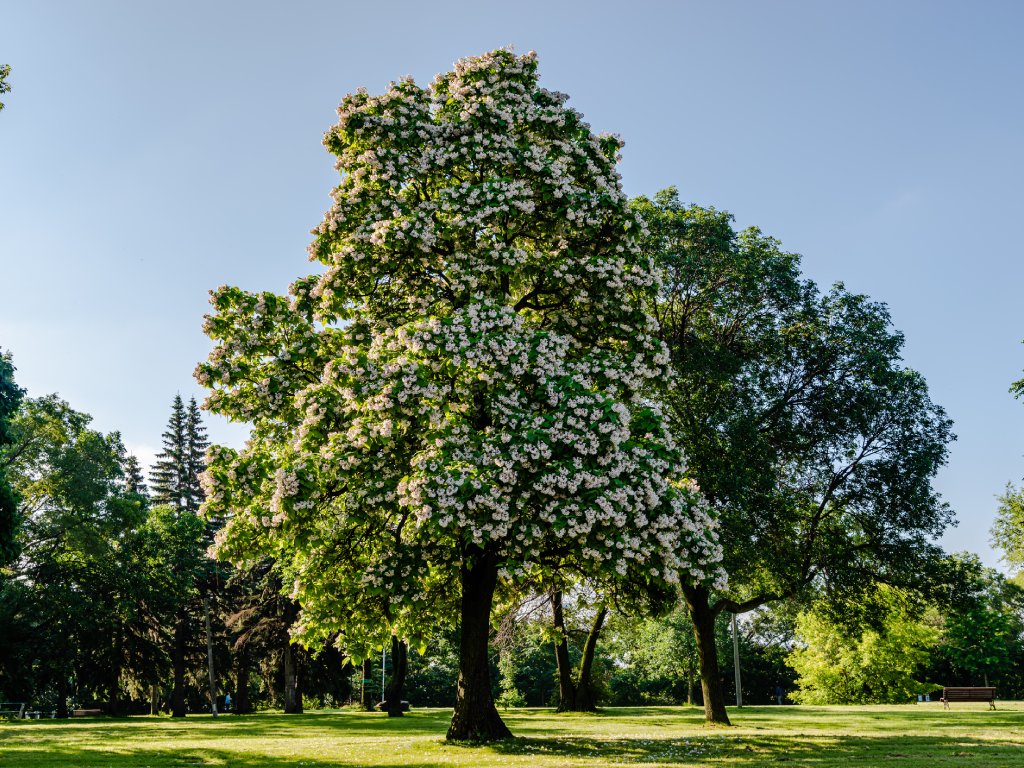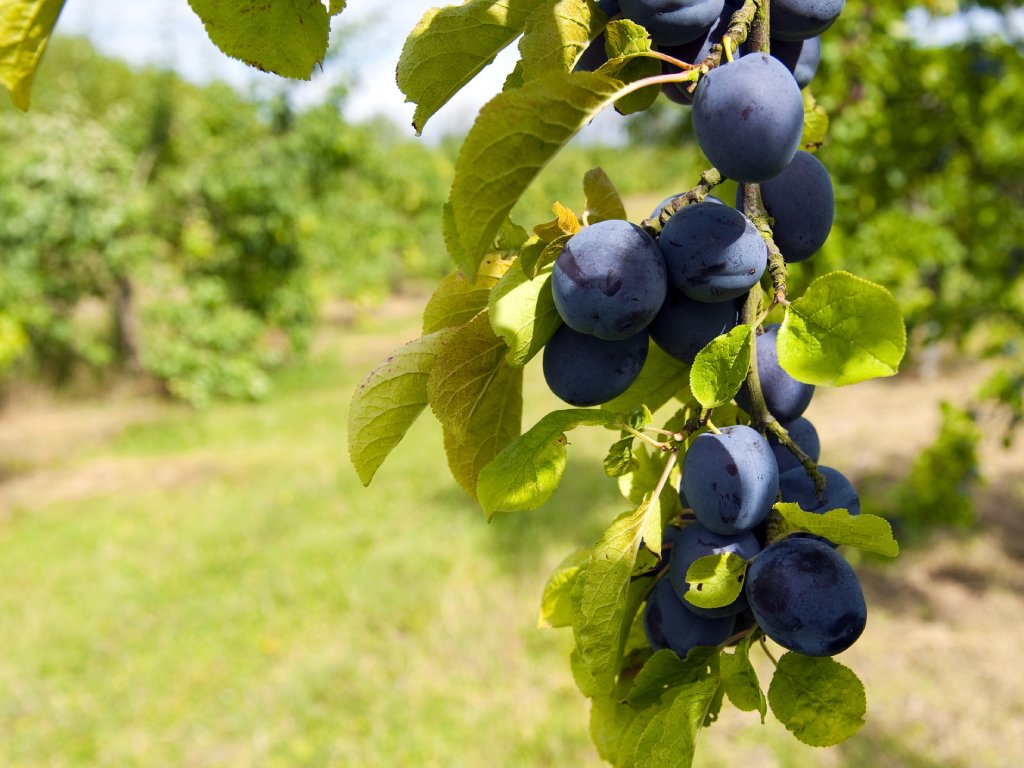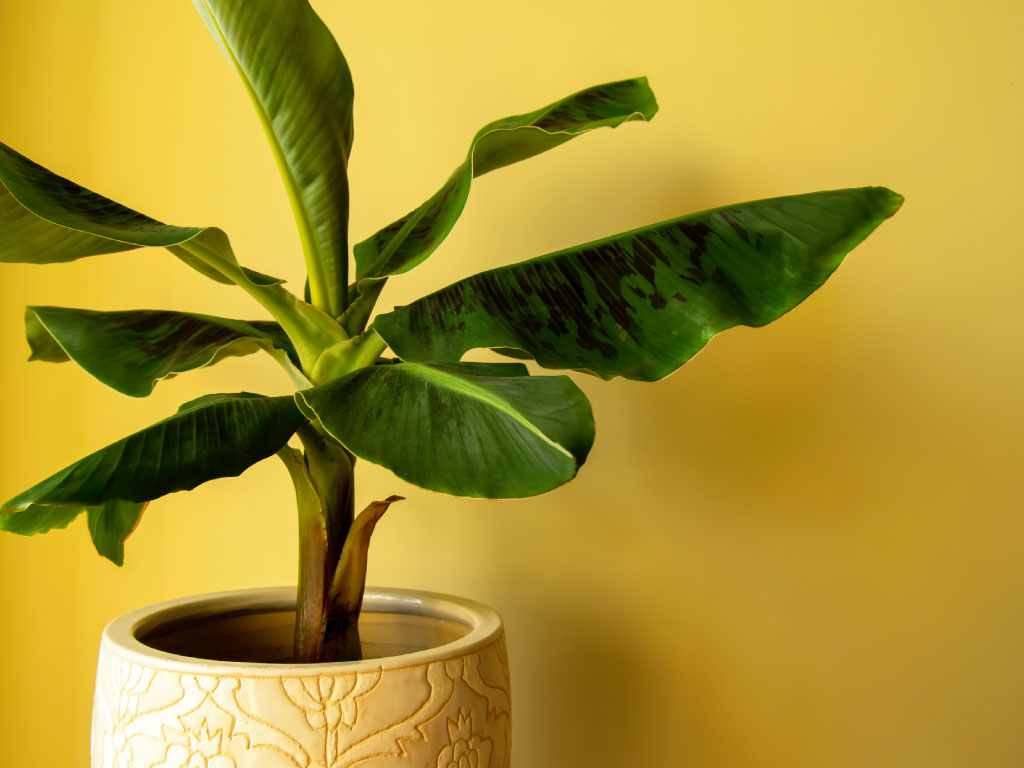From North Dakota to Ohio, Explore Our Complete Guide to Trees in the Midwest
Whether you're in a Chicago high-rise or the suburbs of Kansas City, buying and growing the best tree for you and your Midwestern space starts here.

Which Trees Will Suit Your Needs & Your Space
Regardless of whether or not you call the great plains of South Dakota home or the north side of Chicago, a suburban oasis outside of St. Louis or the backwoods of northern Michigan, the first question you should ask before buying, planting, or growing a tree in your region is: What kind of tree do I want?
Some people seek out drought-tolerant shade trees to block the hot summer sun, while others may be looking for fruit trees because of the benefits they can provide. Of course, other people may want specific trees and shrubs to accent their landscape or garden. So which type of tree suits you?
So which type of tree suits you? Click the image below to learn more about trees that meet your needs.
The Most Popular Trees and Plants for the Midwest
We collected information from across the Midwest and put together a list of three of the most popular trees and plants bought, planted, and grown from Nebraska to Ohio, Indiana to Minnesota, and everywhere in-between.
Click on the image below to learn more.

Whether you're looking to make your own maple syrup or you just want to see those stunning fall colors, the native sugar maple is a fantastic choice for homeowners across the Midwest.

A relative of the famous Ohio buckeye, horse chestnuts are a beautiful native tree with striking seeds. Unlike edible chestnuts, horse chestnuts are not meant to be consumed. So, go ahead and grow one, just don't go eating any!

A tall, fascinating tree that blooms head to toe in the spring with big, creamy flowers, learn how you can grow your own catalpa tree.
Growing Trees Indoors
When most of us think about trees, we probably first think about backyards, front lawns, maybe parks or forests, but what you probably don’t think about is indoor trees.
There are actually a ton of trees that make for wonderful houseplants. Especially in the cold winters of the Midwest, indoors might actually be the only way for you to grow certain types of trees. Click on the image below to learn more.
Sign up for the Gardening Know How newsletter today and receive a free copy of our e-book "How to Grow Delicious Tomatoes".
Looking for a Different Region?
Perhaps our tree guide for the Midwest isn't exactly what you're looking for. Don't worry, we've collected similar information for those of you who may live more in the Western region of the U.S. or even in the Northeast.
If you're looking for information on gardening specific to your state or even town, try exploring our USDA Planting Zone page to see exactly which zone you're in.





